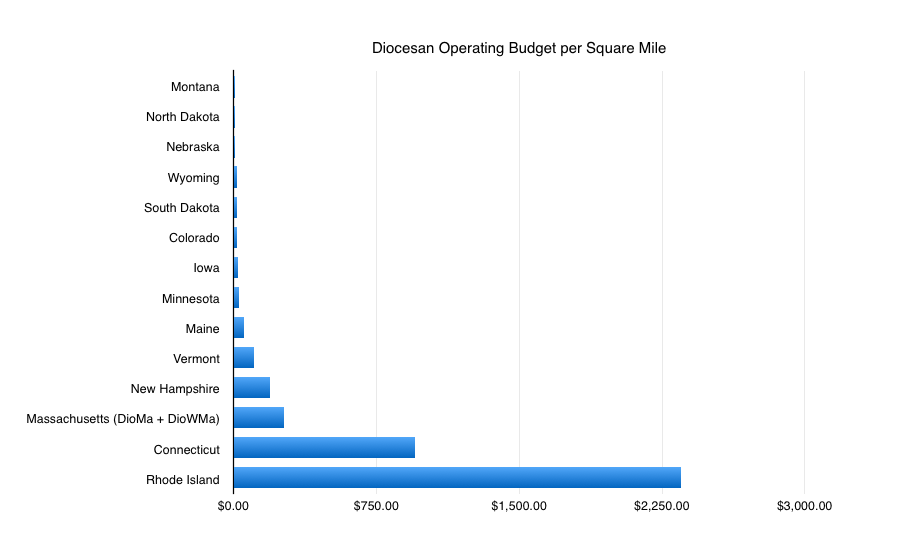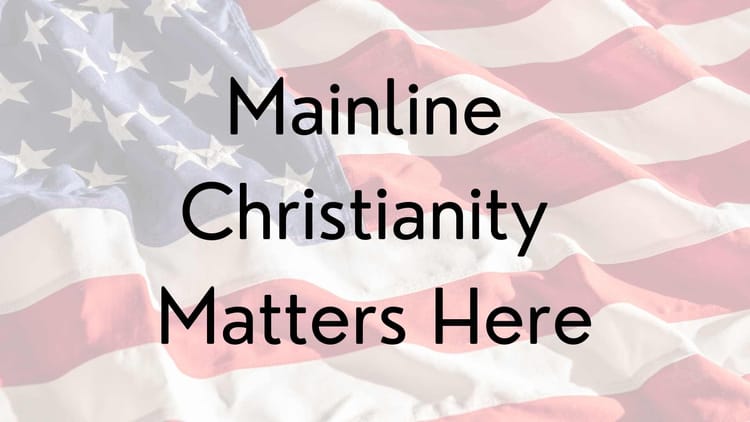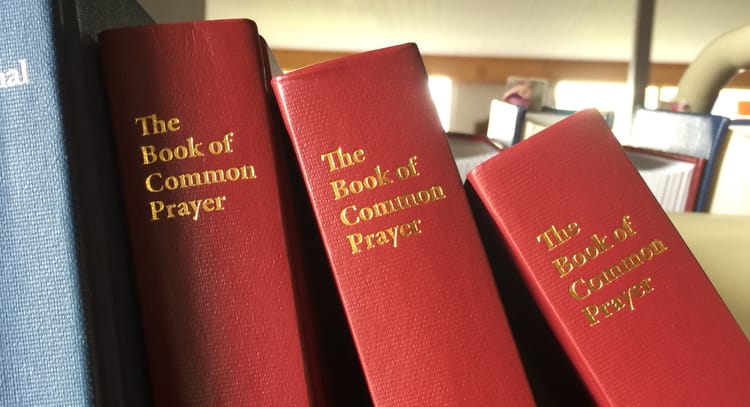Subsidiarity isn’t simple. This data proves it.

It was quite a week on the blog! My post supporting a plan to add more funding for creation care to the Episcopal Church’s next budget was shared more than 350 times on social media, blowing all previous records. I hope that together we had some impact! Please keep the Executive Council and especially the Finances for Mission team in your prayers as they begin meeting today. I’m sure they have difficult choices to make.
In the comments on my last post, a few people raised the question of subsidiarity. Subsidiarity is a principle of church governance which holds that decisions should be made at the lowest appropriate level of the hierarchy. Commenters asked: why would the churchwide budget fund creation care when the work to be done is essentially local, not international? Shouldn’t it be funded at the diocesan level?
Perhaps, if we lived in a world where all dioceses had equal capacity. We don’t live in that world. Here’s some evidence:
Our dioceses have differing capacities for action, as evidenced by their different operating budgets. Just look at the different levels of funding for diocesan budgets within Province I and VI. There are dioceses with annual budgets of more than $5 million; there are dioceses with budgets of less than $1 million. I picked these two provinces more or less at random, but they provide ample evidence that the church cannot act with equal capacity in all regions of the United States if dioceses are left to act on their own.
The differences between diocesan capacity are even more striking at the level of invested assets:
The best information I could find indicates that the Episcopal Diocese of Massachusetts and its member congregations steward invested assets of $220 million. By contrast, p. 18 of the 2013 Convention Journal of the Diocese of North Dakota indicates that it stewards assets of $2.7 million. That’s almost a 1:100 ratio.
When it comes to creation care, we have to ask: How much of the planet does each diocese call home, and how do their resources stretch to cover that area? Montana’s diocesan operating budget is less than $6 per square mile. Montana’s a big state. By contrast, Rhode Island’s diocesan operating budget is more than $2000 per square mile, because Rhode Island is smaller. This is a crude analysis that doesn’t take into account ecumenical partnerships, nuances of biological diversity, or other critical factors, but that doesn’t mean we can disregard these numbers. It’s pretty clear that some dioceses will be able to do more than others, simply given their annual budgets versus their geographic area.
I offer this research to the wider church to inform our conversations about subsidiarity, especially as it relates to creation care. This data makes evident that subsidiarity isn’t simple. This is our accounting: we have to take it into account. It is not the only or the most important thing about who we are, but it is part of who we are and cannot be overlooked.
We have all been called into one body, and that in that body there are no greater or lesser members. The dioceses with smaller budgets are no less worthy; the dioceses with greater ones are no more worthy. We are all in mission together. Our common mission means we cannot close our eyes to the potential consequences of our different financial realities. We need to be strategic in grappling with these practical realities as we seek to live into God’s mission for us.
Does this data surprise you?
Does it shift the way you think about subsidiarity at all?





Member discussion